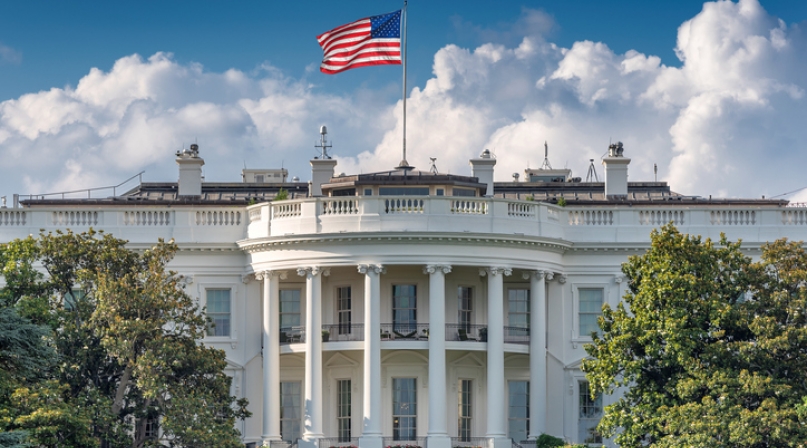President Biden announces strategy to address the national mental health crisis
Author

Blaire Bryant

Jonah Cunningham
Upcoming Events
Related News

Key Takeaways
On March 1, President Biden delivered his first State of the Union address and unveiled a new strategy aimed at addressing the national mental health crisis. The strategy was developed around three key areas: system capacity through workforce investments, connecting more Americans to care, and creating a continuum of support that equitably transforms the nation’s health and social services infrastructure.
The strategy previews new investments that will be included in the president’s Fiscal Year (FY) 2023 budget request that would directly support county behavioral health service access and accessibility. These investments include:
- $700 million for the National Health Service Corps and the Behavioral Health Workforce Education and Training program, both of which are key county programs and will increase the number of behavioral health providers and expand access to such providers
- $700 million in additional funding to staff local crisis centers in support of the launch of the national 988 crisis response line
Beyond these investments, the strategy includes other key county priorities outlined below:
- Permanent authorization of funding for Certified Community Behavioral Health Centers
- Permanent extension of funding for Community Mental Health Centers
- All health plans cover three behavioral health visits each year without cost sharing
- Enhanced funding for mental health and substance use treatment integration with primary care
- Coverage of tele- and virtual mental health care across health plans and support appropriate delivery across state lines
- Improved access to mental health services for vulnerable populations including veterans and students
- Addressing the youth mental health crisis through interventions aimed at digital technologies and social media.
Full details of the strategy can be found on the White House Fact Sheet on the Strategy to Address Our Mental Health Crisis.
Counties are integral to the nation’s behavioral health system, as both fiscal contributors and coordinators of behavioral health services within county owned and operated community health facilities. In nearly every state and the District of Columbia, there is at least one mental health facility operated by a county, local or municipal government. Additionally, counties help finance and administer Medicaid services, the largest source of funding for behavioral health services in the United States.
On behalf of our memberships, NACo and the National Association of County Behavioral Health & Developmental Disability Directors (NACBHDD) look forward working with the administration and Congress to advance strategies to improve access and availability of mental health services for county residents.
Additional Resources
- NACo Brief: Behavioral Health Matters to Counties
- NACo Blog: NACo submits behavioral health care policy recommendations to U.S. Senate Finance Committee
- NACo Blog: NACo testifies in congressional hearing on mental health challenges facing county human services workforce, especially those in child welfare
- NACo Legislative Conference Workshop: Someone to Call Reimagining the County Crisis Response System through 988 Implementation
- NACo Legislative Conference Workshop: Leveraging Federal Funding to Strengthen Mental Health in Schools
Resource
Behavioral Health Matters to Counties

Related News

CMS issues new guidance on Medicaid Community Engagement Requirements
On December 8, the Centers for Medicare & Medicaid Services (CMS) released a Medicaid and CHIP Services Informational Bulletin (CIB) directing states on how to implement the Medicaid community engagement requirements enacted under Section 71119 of the One Big Beautiful Bill Act legislation (Public Law 119-21), or H.R. 1.

California county sales tax measure backfills federal healthcare cuts
Santa Clara County, Calif. will raise an estimated $330 million each year from a sales tax to backfill lose Medicaid funding.
